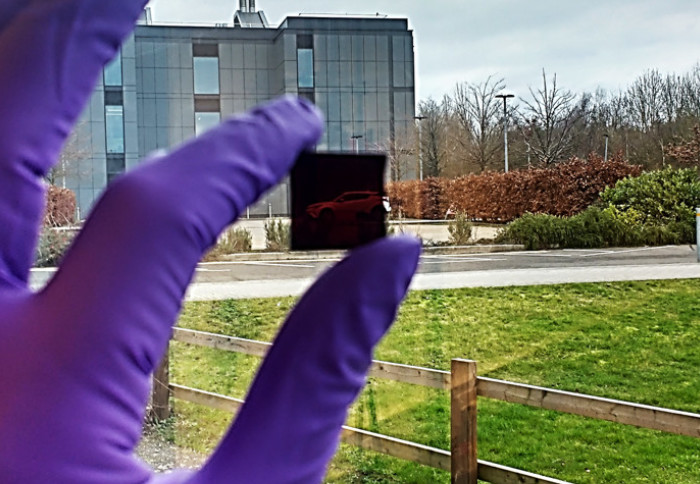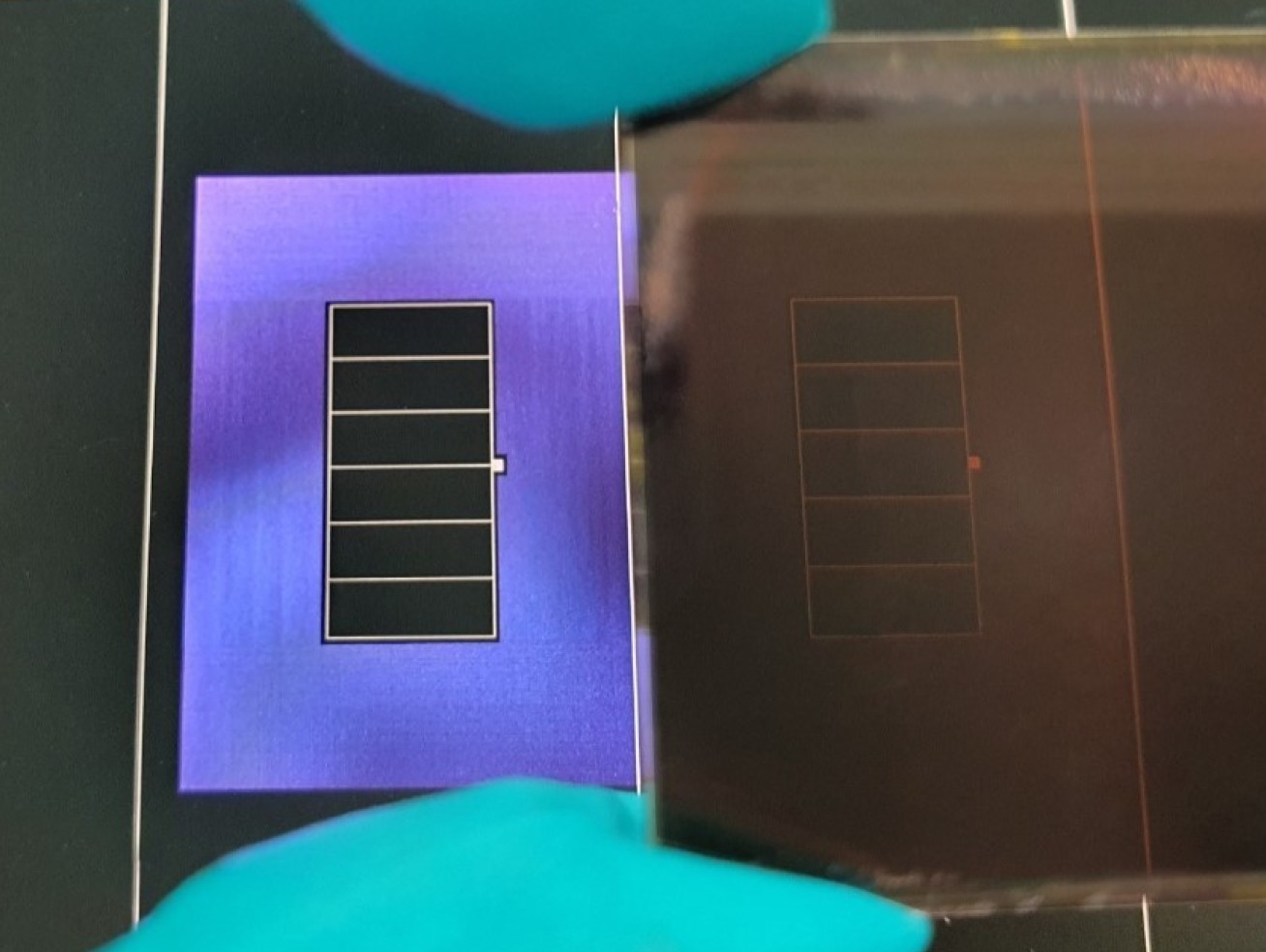Printed ultrathin protective coatings enable more efficient solar cells

Printing coatings on solar cells has the potential to enable an increase in solar cell efficiency, according to new research.
Solar energy is a vast and reliable source of renewable energy. Photovoltaics, or solar cells, harvest this energy by absorbing sunlight to produce clean electricity without emitting any CO2. But photovoltaics can absorb only a fraction of the solar spectrum, which limits their efficiencies. The typical efficiency of a solar panel is only 18-20%.
A team of researchers at Imperial College London and University of Cambridge, in collaboration with the Solar Energy Research Institute of Singapore, have developed a method to ‘print’ a protective coating of copper oxide over the perovskite device to potentially improve the efficiency limit of solar cells.
The efficiency limit of solar cells
Researchers have been searching for a way to overcome this efficiency limit with an approach that is cost-effective and can be used across the world. A recent concept that has been gaining traction is to bring two solar cells, absorbing in complementary parts of the solar spectrum, to work together, with one solar cell stacked over the other.
Our technique allows greater flexibility in the device structure used with perovskites, enabling their application across a wider range of renewable technologies beyond single-junction solar cells Dr. Robert Hoye
The most promising pair is a perovskite device stacked over a silicon device on the bottom. Silicon photovoltaics are well-established and almost all solar cells used worldwide are made from silicon. Halide perovskites are a new material that have rapidly achieved efficiencies comparable to silicon.
Critically, perovskites absorb visible light, whereas silicon absorbs near-infrared light. A perovskite-silicon tandem can realistically achieve 35% efficiency within the next decade. But the challenge is that the electrode covering the perovskite solar cell on top needs to be transparent, and this transparent electrode is deposited using high-energy processes that damage the perovskite.
The team of researchers show that only a 3 nanometre thick coating is sufficient to prevent any damage to the perovskite after depositing the transparent top electrode. These devices reach 24.4% efficiency in tandem with a silicon bottom cell.
The key to success

The key to success is the ability of their oxide growth method to replicate the quality of precise, vacuum-based techniques, but in open air and much faster. This minimises any damage to the perovskite when coating it with the oxide, while ensuring that the oxide grown has high density, such than only a very thin layer is needed to completely protect the perovskite.
This vapour-based ‘oxide printer’ has the potential to be scaled up to the commercial level.
'Rapid Vapor-Phase Deposition of High-Mobility p-Type Buffer Layers on Perovskite Photovoltaics for Efficient Semitransparent Devices' by Robert A. Jagt, Tahmida N. Huq, Sam A. Hill, Maung Thway, Tianyuan Liu, Mari Napari, Bart Roose, Krzysztof Ga?kowski, Weiwei Li, Serena Fen Lin, Samuel D. Stranks, Judith L. MacManus-Driscoll, Robert L. Z. Hoye* published 22 June 2020 in ACS Energy Letters.
SERIS is a research institute at the National University of Singapore (NUS). SERIS is supported by the National University of Singapore (NUS), the National Research Foundation Singapore (NRF) and the Singapore Economic Development Board (EDB).
Article text (excluding photos or graphics) © Imperial College London.
Photos and graphics subject to third party copyright used with permission or © Imperial College London.
Reporter
Kayleigh Brewer
Department of Materials